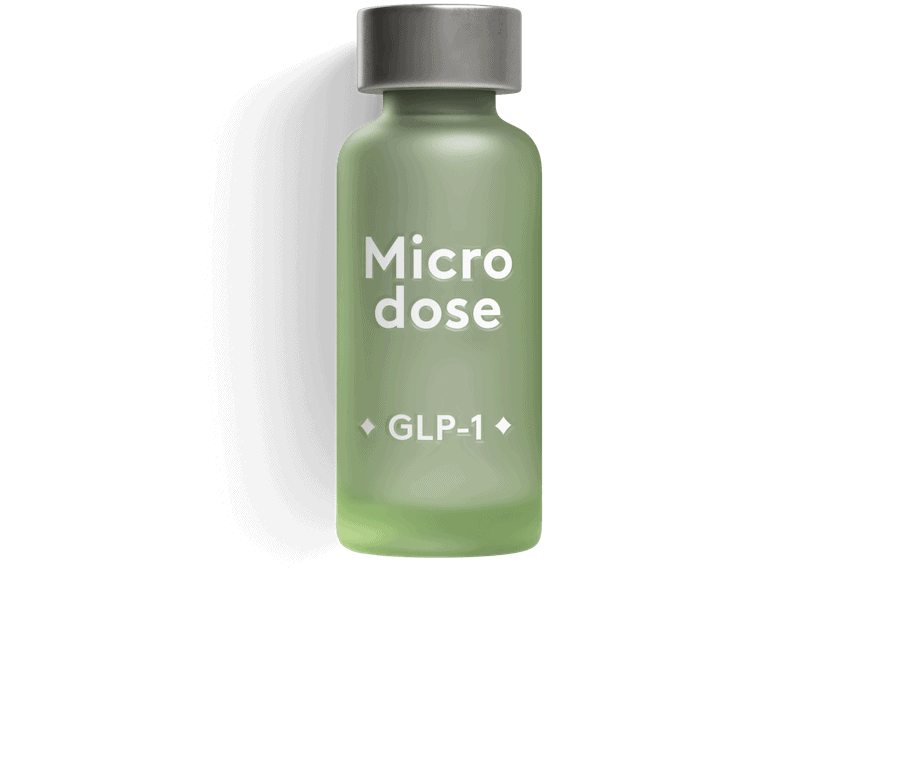Avoiding carbohydrates is a trendy approach to weight loss, with celebrities like Halle Berry, Gwyneth Paltrow, and the Kardashians reporting great results. And out of all the diets you can try for slimming and fitness, the no-carb regime requires more discipline than most (because who doesn’t love pasta?). That’s why good preparation is key.
So how can you make sure not to fall prey to carb cravings? What goes into planning a no carb diet? And how do you push past fatigue (sometimes called “keto-flu”)?
And if you can do all of that, should you? Is that a sustainable option?
Your body is used to metabolizing carbs
Usually, our bodies get more than enough carbs to metabolize for easy energy access. The cells turn glucose (which is easily derived from carbohydrates) into energy and water. Once we stop eating carbs, the body is forced to use fat as its primary fuel source, in the form of ketone bodies (also known as ketones). This state is also referred to as ketosis.
While a low carb diet doesn’t necessarily mean that you’ll reach and stay in full ketosis all the time, fats will still make up the majority of your calories (up to 75%).
In order for most peoples’ bodies to enter ketosis, a maximum of ten percent of the total amount of calories can come from carbohydrates. On a standard American diet, this number is closer to around 45% to 65%. Hence, your body will need to switch gears – which it might not like to do.
No carb diet plan
The first two to four days is usually especially challenging — physically and mentally. Once your body is used to burning ketones, following a no carbs or ketogenic diet is going to get much easier.
To make the first few days enjoyable, it is particularly important to meet your caloric needs while eating foods you really enjoy. An example of a diet plan for the first four days could look like this:
Day 1
- Breakfast: Scrambled Eggs cooked in butter with fresh tomatoes and lettuce
- Lunch: Chicken fried in coconut oil with asparagus
- Snack: Almonds
- Dinner: Salmon fried in coconut oil with spinach
Day 2
- Breakfast: Hard boiled eggs and black coffee
- Lunch: Beef burger patty fried in coconut oil with sauteed green beans
- Snack: Macadamia nuts
- Dinner: Chicken curry made with coconut milk and broccoli
Day 3
- Breakfast: Omelette made with eggs and spinach, fried in butter
- Lunch: Roasted salmon with green vegetables
- Snack: Celery sticks
- Dinner: Beef steak with asparagus fried in coconut oil
Day 4
- Breakfast: Baked eggs with sauteed mushrooms and parmesan and bulletproof coffee
- Lunch: Roasted pork belly with green vegetables
- Snack: Strawberries with whipped cream
- Dinner: Cod with cauliflower mash and a creamy sauce
Rx weight loss, the right way, with Noom
Get access to prescription weight loss medication with Noom.Staying on track – days 5 – 7
After you get through the first four days, the hardest part is over – but you still need to stay motivated and strong. Getting together with like minded people online or in person can be hugely beneficial to staying on track.
Day 5
- Breakfast: Omelette with cheese and avocado
- Lunch: Pork chops with creamy broccoli
- Snack: Apple slices with almond butter
- Dinner: Green salad with shrimp and an olive oil and vinegar dressing
Day 6
- Breakfast: Fried eggs with baby spinach
- Lunch: Tuna salad with tomatoes and cucumbers and a lemon dressing
- Snack: Chia seed pudding made with almond milk topped with berries
- Dinner: Red cabbage salad with pork tenderloins
Day 7
- Breakfast: Hard boiled eggs with a side salad
- Lunch: Miso soup with sashimi
- Snack: Cashew nuts
- Dinner: Striped bass with vegetables
One week down. Are you getting the hang of it?
Now that you’re through the first week, you should be sensing a pattern. Eggs with some form of vegetable and / or cheese for breakfast are an absolute staple. For lunch and dinner, a source of protein can be combined with more vegetables and greens. Snacks can include small amounts of fruit of berries, but be sure to keep the servings to a reasonable size.
When going into the second week, why not get creative? With Noom, you can get creative, delicious low carb meal recipes to inspire you – and personalized, one-on-one coaching to keep you motivated.
Things to shop for when entering week two
A good low carb shopping list includes: Eggs, fish, chicken, pork, beef, (green) vegetables, salad, mushrooms, some fruit, nuts, cheese, berries, avocados, coconut oil, butter, coffee.
Aiming for a full two weeks of very low carb intake is a great first step. Once you have completed week two while following your own diet plan, it is time to assess what the diet change has done for you and your body. Has the initial fatigue passed? Do you wake up each morning ready to take on the world?
Long-term low carb: Some food for thought
Some studies have shown that following a very low carb diet doesn’t bring greater health benefits than simply reducing carbs to around 40 percent. Researchers from Arizona State University found that the two diets (very low carb and slightly low carb) both helped people to lose fat and reduce their weight without significant differences.
If you happen to be very physically active, your body simply might require a larger amount of carbs for you to perform at your optimum. A complete carb cleanse can be an interesting experiment, but be aware that there is no “one size fits all,” and that going back to eating some or even a high amount of carbs might just be what fits you best.
And of course, the low-carb diet is like any other restriction-based diet. It’s simply not likely to deliver long-term, sustainable benefits. Once you give up the diet, the weight will almost certainly come back. That’s where Noom comes in. If you want to lose weight for good, you need to reimagine your relationship with food and change your deep habits. We can help you do that – whether you’re trying low-carb or some other approach. Come see what we have to offer!
Why you can trust us
At Noom, we’re committed to providing health information that’s grounded in reliable science and expert review. Our content is created with the support of qualified professionals and based on well-established research from trusted medical and scientific organizations. Learn more about the experts behind our content on our Health Expert Team page.










 Meaghan Cameron
Meaghan Cameron
 Noom Team
Noom Team

 Shoshana Fishbein
Shoshana Fishbein
 Melissa Kay
Melissa Kay
